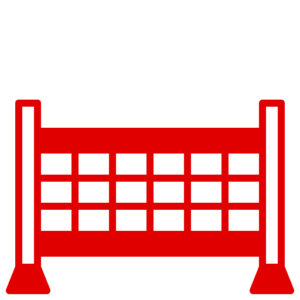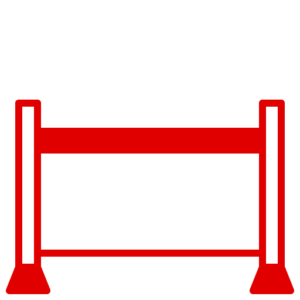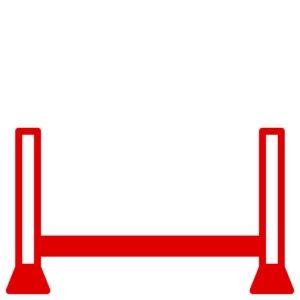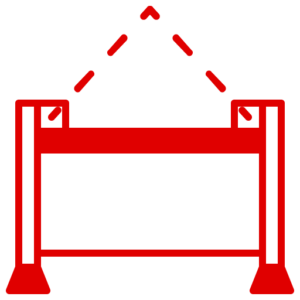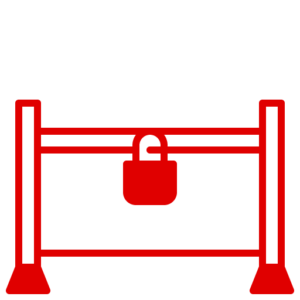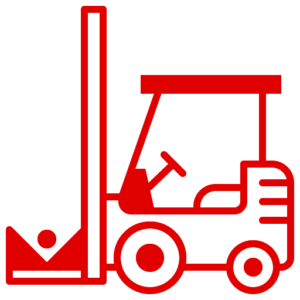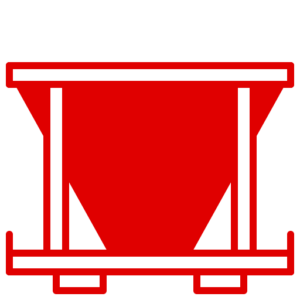News
Repairing Damaged Collapsible Metal Pallets: A Comprehensive Guide
At Lowe Stillages & Cages, we understand the importance of maintaining the functionality and longevity of collapsible metal pallets. Repairing damaged pallets can be a cost-effective solution, but it requires careful consideration and expertise. In this blog post, we will provide a step-by-step guide on how to repair damaged collapsible metal pallets, ensuring safety and restoring their structural integrity.
- Assess the Damage: Begin by assessing the extent of the damage to determine if repair is feasible and cost-effective. Evaluate structural damage, load-bearing capacity, and safety risks. This assessment will guide your repair decisions.
- Prioritise Safety Precautions: Safety should always be a priority. Use appropriate personal protective equipment (PPE) and ensure you have the necessary tools for the repair process. This protects you from potential hazards during the repair.
- Component Replacement: Consider replacing damaged components rather than attempting repairs. Contact the manufacturer or a reputable supplier to obtain replacement parts that match the original specifications. Commonly replaced components include hinges, latches, support beams, or fasteners.
- Welding and Metalwork: For broken welds or structural deformations, engage a qualified welder or metalwork professional experienced with the specific type of metal used in the pallets. Skilled welding and metalwork may be necessary to restore structural integrity.
- Straightening and Alignment: Use appropriate tools and equipment to carefully straighten and align bent or distorted sections. Exercise caution to prevent further damage or weakening of the pallet structure. Hydraulic presses, metal clamps, or specialised straightening tools may be required.
- Surface Treatment: After repairing structural damage, consider applying protective surface treatments to prevent rust or corrosion. Consult with a professional or the manufacturer for suitable surface treatments such as anti-corrosion coatings, primers, or paint.
- Load Testing: Perform load testing on the repaired pallet to ensure its load-bearing capacity is restored. Test the pallet under controlled conditions to verify that it meets the required standards and can handle anticipated loads safely.
- Documentation: Maintain a record of the repairs conducted, including details of the damage, repair methods employed, and any replacement parts used. This documentation is valuable for future reference and maintenance tracking.
Assess the cost-effectiveness of repair versus replacement. Extensive damage or repair costs that outweigh the pallet’s value may make replacement a more practical option. Consult with the manufacturer or professionals for guidance and proper repair techniques to maintain pallet integrity.
Repairing damaged collapsible metal pallets can extend their lifespan and save costs. By following these steps and seeking expert guidance, you can restore the structural integrity of the pallets and ensure their continued functionality. At Lowe Stillages & Cages, we are committed to helping you maintain the longevity and performance of your collapsible metal pallets.

